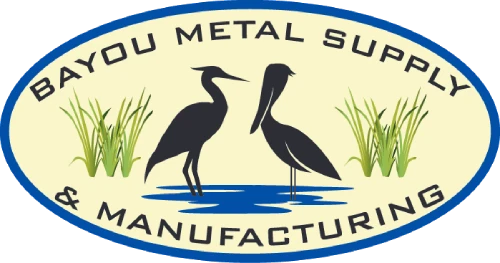How it works
Friction stir spot welds (FSSW) are one variant of
friction stir welding (FSW) where the traverse part of the FSW process is eliminated, i.e., the tool is only plunged into the material and retracted. The resulting weld is a point or ‘spot’ weld.
Friction stir spot welds can typically be used in applications where less strength is required, the material is thin, and parts are highly contoured. Thus, it is very similar to resistance spot welding (RSW). It is also similar to RSW and other spot joining processes (e.g. riveting) in that FSSW requires significant forces. Therefore, equipment solutions will have similarities, since the backing is required to support these forces. Thus, a majority of applications are suited to C-Frame or pedestal solutions.
Why does the industry need another joining method when RSW and a variety of mechanical methods are available?
Friction stir welding has some distinct potential advantages on aluminum over other welding processes such as RSW, MIG-Spot, and Laser – spot as well as performing better than mechanical joining techniques.
Advantages include:
- Much lower operating costs due to improved energy efficiency and a lack of consumables
- Equipment requires significantly less surrounding infrastructure of water, compressed air, electrical or gas
- Pores and solidification cracks are typically reduced
- Some dissimilar metal bonds can be made only with FSSW welds
- The process is more consistent with similar quality welds throughout a project
- Often a narrower heat-affected zone
- Less surface and joint preparation
Any applications, such as aerospace and automotive where weight to the strength of materials is vital to success, can be excellent candidates for thin aluminum panels welded with
friction stir spot welds. To further compete with riveting and traditional spot-welding techniques, the industry has developed “refill”
friction stir spot welding. In this modification, the tool is lowered into the welded panels in a sequence that eliminates the plunge hole that can form. This makes a high-quality weld with a visually appealing result.
Studies are ongoing to determine the best methods and metallurgical results of FSSW welds for AA6063 and similar aluminum alloys. One advantage of FSSW is the elimination of a trained operator, but the prerequisite for that is a well-engineered and tested friction stir equipment setup for the exact material and configuration to be spot welded. It’s not for making a few spot welds, but if you have thousands of spot welds of the same configuration, it will save money and time.

